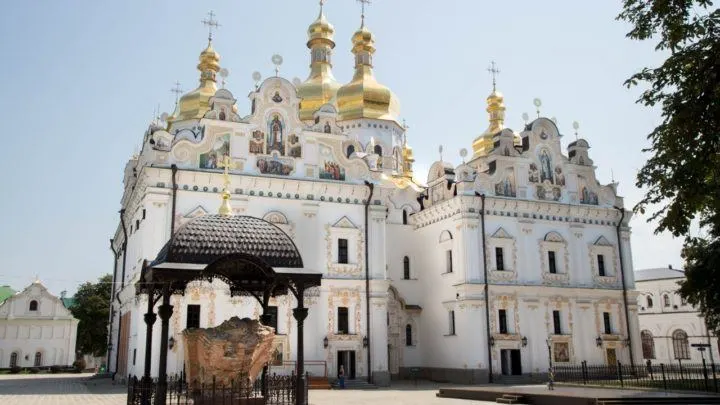Driving along the southern coast of Turkey, ruins are so abundant that it is difficult to pick and choose which ones to visit. It’s just impossible to visit them all on one trip. Yes, we will go back.
On this trip, we chose to go to Myra, an ancient capital of Lycia. Myra had an enormous influence on the world during its heyday as a port and financial center. No one is sure what the name means, but speculate that it is a form of the word myrrh.
The only problem with this interpretation is that there is no proof that myrrh was found here. It was more known for producing a popular Roman cooking spice, the bitter herb called rue used today in some grappas.
St. Nicolaus was one of the most famous residents of Myra, and he lived here during the 3rd century. He was born in Patara to wealthy parents who died of plague, and became known as a compassionate bishop.
He became the saint of children, sailors, merchants, scholars, those unjustly imprisoned, and travelers. His church is still standing in the town, and is considered one of the three most important Byzantine sites in Turkey.
Unfortunately one thing he did was destroy one of the greatest temples dedicated to the mother goddess of Anatolia, Artemis, during his campaign against paganism. Even though the temple no longer exists there was still plenty to see.
As with many of the more popular sightseeing spots in Turkey, we had to walk through a gauntlet of vendors before we could buy our tickets and enter the site. We’re pretty adept at this and quickly entered the ruins of Myra which start right across from an impressive amphitheater.
Walking up to it, we enjoyed viewing the plethora of dramatic carvings, including one of Medusa. The other impressive part of Myra is the area of the rock-tombs cut right into the cliff face. Unfortunately we couldn’t wander up and among them as you can at many sites in Turkey.
We enjoyed our stop in Myra, but intend to go back and visit the church of St. Nicolaus, even though his remains were stolen in the 11th century and removed to Bari, Italy where they still are today.
Author Bio: Corinne Vail is a travel photographer, food lover, and a perpetual traveler who has been travel writing for over 14 years. For many years she lived overseas in Germany, Japan, Turkey, South Korea, and the Netherlands teaching the children of the US. military. She’s visited over 90 countries, and she’s not stopping anytime soon.






